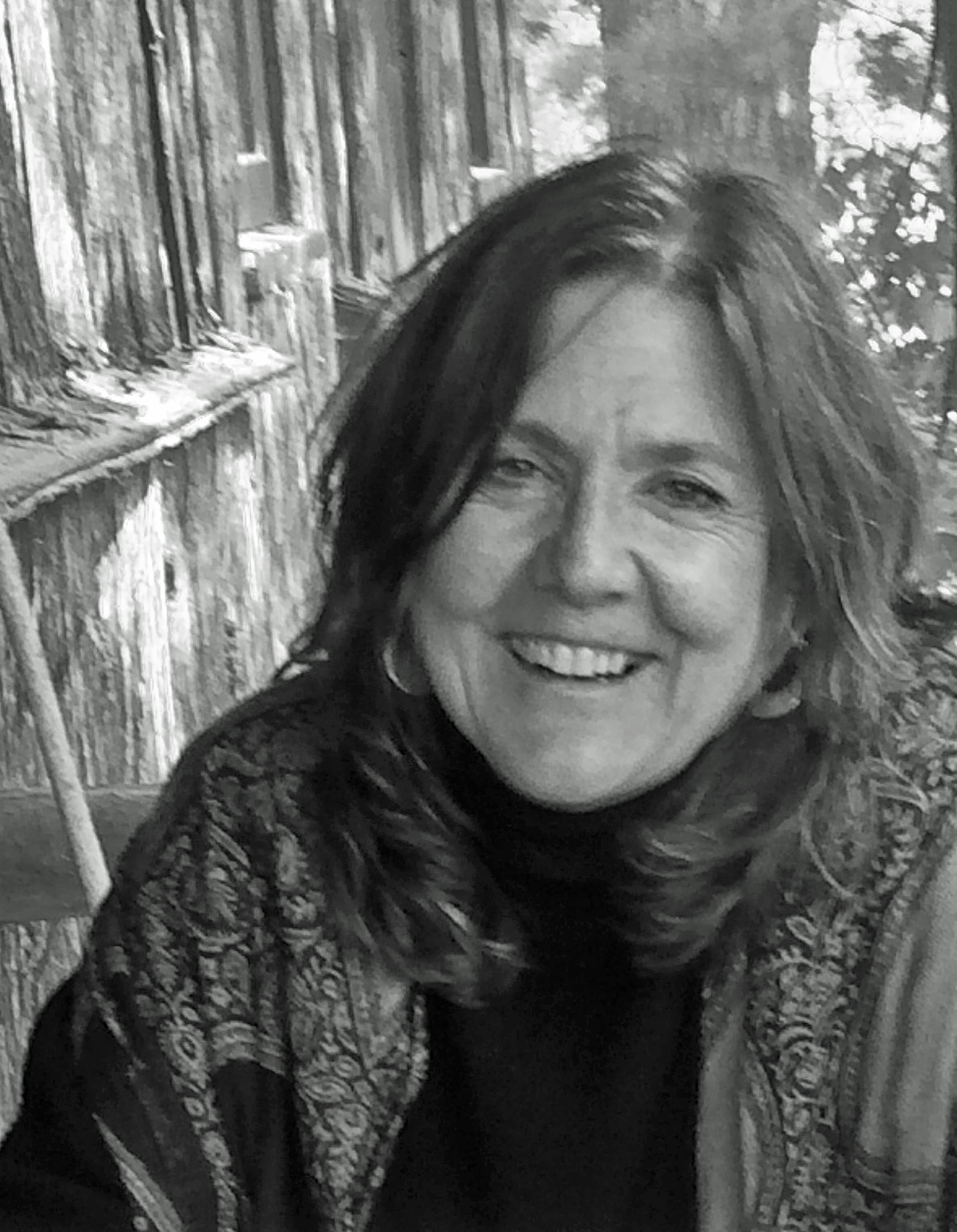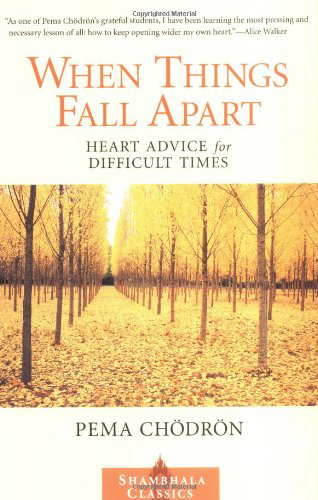Patricia Weaver Francisco on Resilience
 "Survivors of trauma are heroes to me," says Patricia Weaver Francisco, author of Telling: A Memoir of Rape and Recovery. The book won the Minnesota Book Award and has been deemed “required reading” by The American Psychological Association Review of Books. She is also the author of a novel, a collection of lyric essays, and two plays. She teaches in the Creative Writing Programs at Hamline University and serves as the creative nonfiction editor of Water~Stone Review.
"Survivors of trauma are heroes to me," says Patricia Weaver Francisco, author of Telling: A Memoir of Rape and Recovery. The book won the Minnesota Book Award and has been deemed “required reading” by The American Psychological Association Review of Books. She is also the author of a novel, a collection of lyric essays, and two plays. She teaches in the Creative Writing Programs at Hamline University and serves as the creative nonfiction editor of Water~Stone Review.
"So many people whose lives are flourishing around us proceed from a resilience born from tragedy, trauma, and deep loss. We rarely know this story, a profound humility often accompanies this kind of power. But we are lucky when they offer the rest of us a glimpse of the way forward," she says. "In speaking with survivors about sexual violence and its aftermath, I’ve come to appreciate the word resilience. In fact, if I could go back and re-title my book, I might replace recovery with resilience."
The American Psychological Association, she explains, describes people who demonstrate resilience as “those who are, by practice, able to effectively balance negative emotions with positive ones.”
"This honors the truth of my own experience with trauma and with living with PTSD," says Francisco. "There is no recovery of one’s former self. (Recovery: “the action or process of regaining possession or control of something stolen or lost.”) The layers of loss open before the survivor, infinitely deepening, and can only be reckoned with. This is a transformational process, not a regressive one."
An alternate dictionary definition of recovery, she adds, is “returning to a normal state of health, mind, and strength.”
"This, too, misses the core disruption that violence creates in one’s relationship to the world. For most, there’s no point trying to return to a bankrupt normal. Why would we? This vision of recovery, then, obscures its potential for evolution. Transforming loss, rather than longing to forget, creates in the survivor new capabilities, desires, and directions. Onward!"
Francisco looks to Diane Coutu, author of How Resilience Works, who writes: “Resilient people possess three characteristics: a staunch acceptance of reality; a deep belief, often buttressed by strongly held values, that life is meaningful; and an uncanny ability to improvise.”
Francisco agrees, adding:
"Resilience is an ability that grows out of a transformative experience. When the sky has fallen (or you’ve broken through it), you know that life includes disaster and upheaval. Stability can always be trumped by the impossible. Once this is clear, the cultivation of resilience seems one’s best move. Not fear, not recklessness, not denial, not despair. But a staunch acceptance of reality, a belief that life is meaningful, an uncanny ability to improvise."
"Grit is a term in ascendance at the moment, and I like it," says Francisco. "It’s defined as 'perseverance and a passion for long-term goals.' I see grit as a component of resilience, the critical element of determination that, along with luck and help, righteous grief and curiosity, allows our complicated lives to stay open to wonder."
Here are Patricia's top three stories of resilience:

 The Snow Queen
The Snow Queen
by Hans Christian Andersen
This is Hans Christian Andersen’s masterpiece, a 50-page fairy tale marvelously open to interpretation. For me, it evokes with precision, in the language of myth and metaphor, the journey back from trauma. I first encountered the story as a child and registered the surprising fact that the “rescuers” are all female, and the lost soul in need of help is a boy. Check. Then fate and a misunderstanding led me back to the story while I was writing Telling. I was stunned by its complexity, and its accuracy as an analogue for my experience of the aftermath of rape.
The hero of the tale is Gerda, and her quest is to find her best friend Kai, who has been kidnapped by the Snow Queen and taken away in her icy sleigh. Gerda does everything she can think of to find him. She possesses the determination of true love, but she makes mistakes, seeks help in the wrong places, slips off course and wastes months of time talking to the flowers in an old woman’s garden. She meets The Little Robber Girl and reckons with the darkened path; she succumbs to false hope.
When at last she rescues her friend, we realize that Gerda has been reunited with a lost part of herself.
Toward the end of The Snow Queen, the reindeer pleads with the Old Finnish Woman, “But can’t you give little Gerda something to take which will give her the power to put everything right?”
“I can’t give her greater power than she has already! Can’t you see how great that is? Can’t you see how she makes man and beast serve her, and how well she’s made her way in the world on her own bare feet?”
Read it for its language, its strangeness, and its wisdom.

 Heaven’s Coast
Heaven’s Coast
by Mark Doty
I relied on Mark Doty’s 1996 memoir Heaven’s Coast as I began to write my own book. I was uncertain how to contain in sentences the way time had become a spiral, the recurrence but also the transformation of my feelings, sensations, and realizations. The New York Times called Doty’s memoir “terrifying and elegant.”
Indeed, it is a wild, mad call from the chaos of grief, and it is also an artful testimony to the persistence of beauty and memory. Written soon after the death from AIDS of his partner, Wally Roberts, Heaven’s Coast was a departure for Doty. Author of four previous books of poetry, he was working for the first time in prose. His skills as a poet, coupled with the intensity of sensation and memory that animate his voice, create a luminous, enveloping beauty where otherwise there might have been silence, absence and defeat.
“We are elements of the world’s consciousness of itself, and thus we are necessary: replaceable and irreplaceable all at once. Someone will take our place, but then again there will never be anyone like us, no one who will see quite this way; we are a sudden flowering of seeing, among the millions of such blossomings. Like the innumerable tiny stars on the branching stalk of the sea lavender; it takes how many, a thousand, to construct this violet sheen, this little shaking cloud of flowers?”
The book’s epilogue places Doty firmly among the resilient with a catalogue of what he names “consolations,” among them metaphor, bitterness, dogs, Aretha Franklin, longing, and “the story I’ve been saving.”

 When Things Fall Apart: Heart Advice for Difficult Times
When Things Fall Apart: Heart Advice for Difficult Times
Pema Chödrön
This slim book of deeply considered essays interprets Buddhist principles for the likes of me. Chödrön is an American Buddhist nun and author of six books that draw on the wisdom tradition of Buddhism while speaking for the 21st century. In When Things Fall Apart, she writes straight from the heart of suffering.
“The main point of these methods is to dissolve the dualistic struggle, our habitual struggle against what is happening to us or in us. These methods instruct us to move toward difficulties rather than backing away. We don't get this kind of encouragement very often.”
No, we don’t. But Chödrön’s calm, savvy voice places suffering in a context, pointing the way toward Coutu’s “staunch acceptance of reality,” rooted in “a belief that life is meaningful.” Chödrön writes as a seeker wrestling with her own losses, demonstrating why Buddhist thought so often gets the nod when suffering obscures our vision. She’s one of us, but she has her ear to the ground and can hear the ancient wisdom. “You who see, tell the others,” said poet Audre Lorde. That is Chödrön’s accomplishment here.

 Post a Comment
Post a Comment
Reader Comments